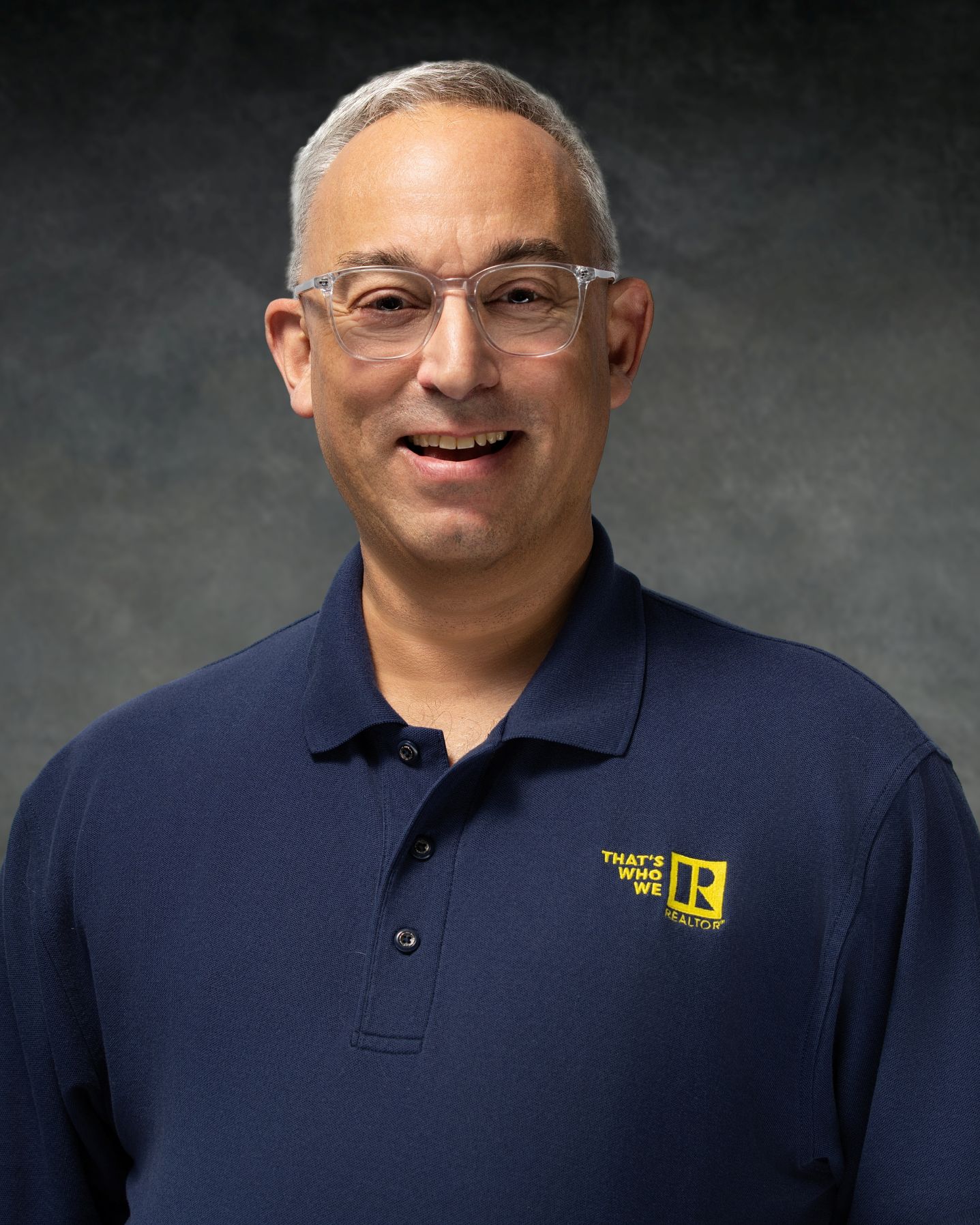
In 1887, with little formal education and even less money, Jim Arch Campbell returned to his native Harnett County and founded Buies Creek Academy, with 16 students attending classes in a small church. A proper schoolhouse needed to be erected and, indicative of a spirit that lives on at what today is Campbell University, those first students helped build it.
Nearly 135 years later, 6,000 students attend Campbell, an especially ambitious university with schools of law, medicine, pharmacy, engineering and business, among others.
It’s been an extraordinary -- perhaps improbable -- evolution.
“There is no reason what author Winston Pearce described as the “Big Miracle at little Buies Creek” should have happened,” Tom Campbell, the veteran North Carolina broadcaster and great-grandson of Jim Arch Campbell, wrote in 2016 about the school’s founding.
Despite “the “Big Miracle” -- including a dramatic expansion in fields of study and deep connections in communities across the state -- Campbell often flies under the radar.
Maybe it’s life in the lengthy shadows of nearby Duke, UNC and N.C. State. But it’s not just that Triangle trio that clouds the university’s impressive accomplishments. Smaller schools such as Davidson, Elon and, more recently, High Point, arguably garner more attention than Campbell, which remains based in Buies Creek, the diminutive Harnett County community that’s not even an incorporated town.
“There is no major center of commerce or natural resources to make the region appealing,” Tom Cambell wrote in 2016. “Naysayers predicted this ‘bumblebee’ school could never fly, but today, in the middle of nowhere, Campbell boasts schools of law, business, pharmacy, divinity and now a medical school ...”
There are no famous names attached to Campbell -- no Dukes, Reynolds or Kenans. That, along with its fairly isolated location, may be among the reasons the school’s remarkable story doesn’t receive more attention.
Campbell also remains faithful to a founding principle that promotes service to others over individual achievement. The goal of equipping students to serve others -- especially in smaller communities that lack essential professional services -- is vital, transformative work. But it’s work that usually happens out of the spotlight.
As vice president of institutional advancement, Dr. Britt J. Davis may be Campbell’s biggest promoter. He acknowledges that the university’s focus on real-world, often behind the scenes accomplishments, is generally not the stuff that produces big names and major headlines.
There’s an aura of humility surrounding Campbell. Although the university has plenty to boast about, tooting its own horn is not a priority and never has been.
“The notion of ‘flying under the radar’ is something we discuss at times,” Davis told the Fayetteville Business Journal.
He did suggest that the success in high-profile fields such as medicine and law may, at times, overshadow the rest of the Campbell story.
Although law and medicine are receiving record numbers of applicants, Davis said there are other areas the university is trying to promote in a more active and focused way.
“I do think Campbell is committed to our mission and our community,” Davis said. “We're also committed to North Carolina. By enrollment, we have more North Carolinians enrolled at Campbell (by far) than any of the other 35 private colleges and universities in the state.”
There's a real connection between Campbell and people from every community in North Carolina, Davis said.
To be clear, Campbell’s no Rodney Dangerfield -- it gets respect, just not as much as might be expected when the accomplishments are considered:
But even as Campbell has grown in size and scope, the school has never abandoned its home in Buies Creek and the important role it plays in Harnett County. The area remains primarily rural, but its proximity to the Research Triangle, Fayetteville/Fort Bragg and Interstate Highways 95 and 40 are quickly driving change in the county, not to mention the impact of the growth of Campbell.
(With more than 800 full-time employees, the university is Harnett’s largest private employer and second only to the public school system in total workforce. Campbell’s annual economic impact in Harnett County is about $500 million).
The school’s rural heritage and fealty to Harnett County continues to guide and shape Campbell, but neither has restrained the university from moving in new and, at times bold, directions. In 2009, for example, Campbell relocated its law school to Raleigh, where university leaders believed it could better fulfill its mission.
“The world we live in is changing,” then-Board of Trustees Chairman Harold Wells said at the time.
The move ultimately reinvigorated the program and, at a time when many law schools were struggling, Campbell’s was soon thriving.
In short, Campbell produces outstanding professionals, but professionals who tend to define success through service. The law school’s mission, for example, is “to use the practice of law in order to create a more just and merciful society.”
It’s not exactly the stuff of television legal dramas, but it accurately captures the spirit that continues to drive Campbell.
“We are all about recruiting students who want to make a real impact in their chosen profession and field,” Davis said. “People who understand who their clients are and they’re willing to work for them.”
It’s the foundation on which Campbell was built, and, as evidenced by a litany of unique accomplishments, one that continues to serve the university well.

Mike BerkMike Berk is still getting settled into his new office and home, but his enthusiasm for his new role as CEO of Longleaf Pine REALTORS® is already in full swing. Just a few weeks into the job, the association management veteran sat down with